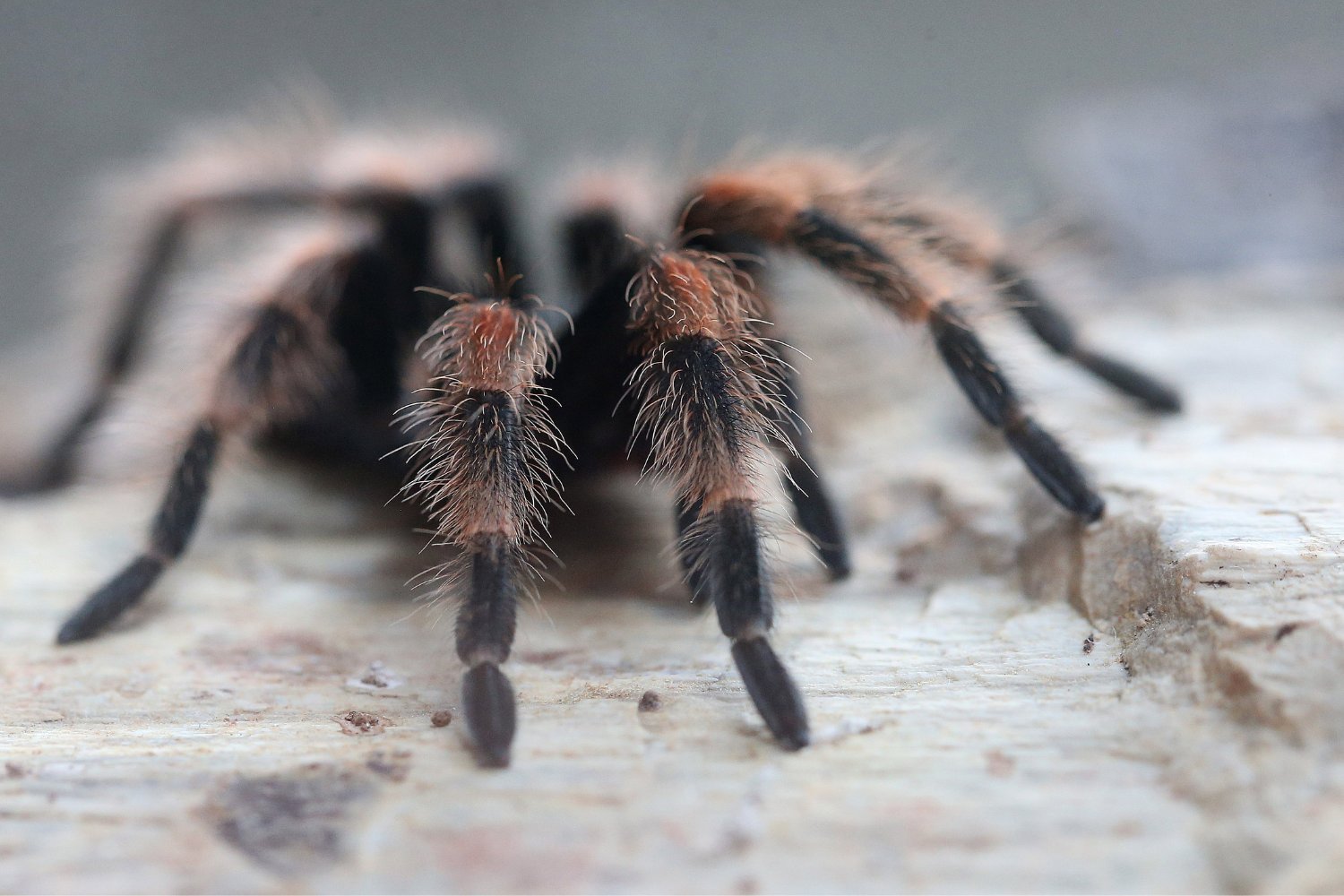Tarantulas, those large, hairy spiders often perceived as fearsome, have a surprisingly complex social life. Recent research reveals fascinating symbiotic relationships between tarantulas and various animals, including frogs, toads, and even army ants. These partnerships challenge the common perception of tarantulas as solitary predators and shed light on their intricate ecological roles.
Symbiotic Relationships with Frogs and Toads
A recent study published in the Journal of Natural History documents a widespread mutualistic relationship between tarantulas and anurans (frogs and toads). Researchers observed 63 new instances of this partnership across ten countries, often involving the amphibian living near or within the tarantula’s burrow. This arrangement benefits both species: the frogs and toads gain protection from predators within the tarantula’s lair, while they, in turn, consume insects that could harm the spider, its eggs, or its young. This symbiotic relationship highlights the unexpected gentleness of these seemingly intimidating arachnids.
The Curious Case of the Army Ants
Another intriguing interaction involves tarantulas and army ants. While army ants are known for their voracious appetite and ability to overwhelm larger prey, they seem to avoid attacking certain tarantula species, particularly those native to the Americas. Researchers hypothesize that the dense hairs covering these tarantulas’ bodies act as a defense mechanism, making it difficult for the ants to bite or sting. This theory is supported by the observation that many New World tarantulas also cover their egg sacs with urticating hairs, which deter and sometimes even kill attacking arthropods like ants. This suggests an evolutionary adaptation in these tarantulas to coexist with, and potentially even benefit from, the presence of army ants, possibly using them as a cleaning service within their burrows in exchange for a readily available food source for the ants.
Unraveling the Mysteries of Tarantula Behavior
While these recent findings provide valuable insights into the complex social lives of tarantulas, further research is needed to fully understand these interactions. Scientists are also investigating other potential defense mechanisms, such as the secretion of repellent substances, which might explain why some mammals, like cats and dogs, are observed to avoid tarantulas. These ongoing studies promise to reveal even more about the fascinating and often misunderstood world of these remarkable arachnids.
Conclusion
The emerging picture of tarantula behavior reveals a surprising level of social complexity, challenging previous assumptions about these creatures. Their symbiotic relationships with other animals, like frogs and toads, and their unique interactions with army ants, highlight their crucial role within their ecosystems. These discoveries underscore the importance of continued research to further unravel the mysteries surrounding these fascinating creatures. Further study promises to reveal even more surprising insights into the lives of these eight-legged wonders.











